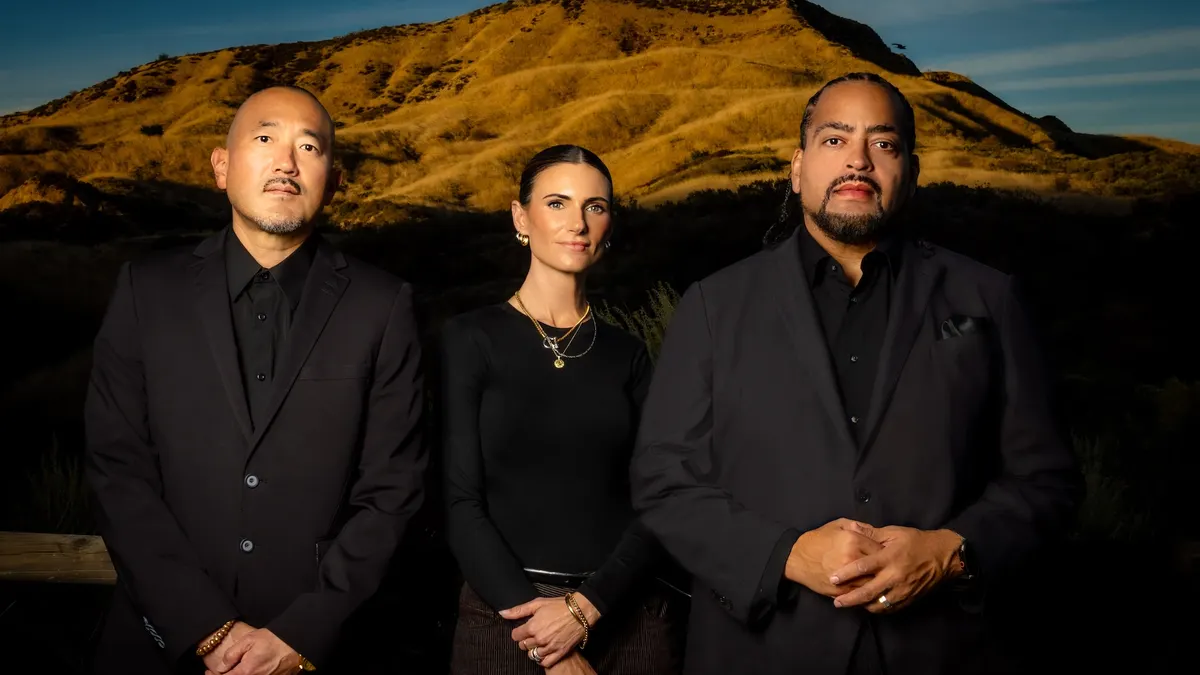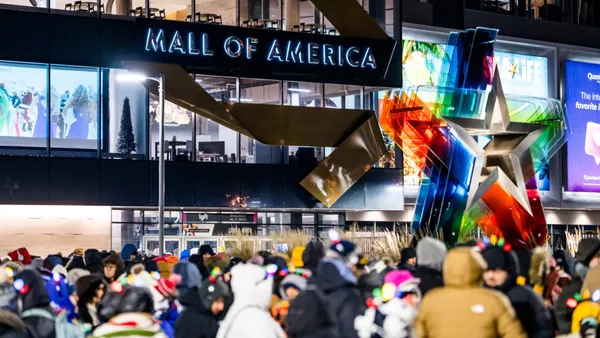In-house agencies appear to be in an advantageous position heading into 2022, having largely avoided some of the problems weighing on other segments of the marketing services category. Still, the supposed benefits of internal shops — a closer connection to the brand and the collaboration opportunities that entails — could face challenges as employees adjust to new working models and the omicron variant of COVID-19 further pushes back return-to-office plans.
"There is something about the co-creation process that remains to be seen in a hybrid environment," said Marta Stiglin, founder of Stiglin Consulting and a partner on a new benchmarking report from the In-House Agency Forum (IHAF), a trade group where she is a founding member and has sat on the board for over a decade. Forrester Research helped field the research.
"It's not to say this is the death knell for co-creation. It's not," Stiglin added. "It just remains to be seen what the next generation of that will be for creative organizations, internal and external."
Just 7% of in-house agencies have returned to the office full-time and an additional 2% expect to do so in 2021, according to the IHAF findings that drew responses from 265 companies including HP, Nestlé and PwC. But if figuring out how to catalyze "a-ha" moments in a virtual environment is a looming consideration for leaders at these organizations, it has yet to create a speed bump to productivity.
The pandemic has fueled an increase in project volume for half of in-house agencies surveyed, the majority of it digital. Eighty percent of respondents agreed they've brought more marketing assignments in-house. The ramp-up in workflow hasn't proved overwhelming, either, as 47% reported no impact on the rate of production and 37% actually saw their throughput increase. If those figures sound rosy, a question of sustainability remains as the industry continues to navigate a period marked by uncertainty and transformation.
"We saw … in the IHAF data a big uptick in productivity and throughput. And a lot of that was demand-driven," Stiglin said. "Will these organizations become organizations that continue to pride themselves on productivity and throughput and at what cost to creativity and ideation?"
Digital provides the fuel
The IHAF's latest research provides a bit of a counter-narrative to discussions swirling around in-housing this year. Earlier reports suggested that companies had cooled their in-housing strategy due to cost considerations and difficulties achieving scale, issues exacerbated by economic volatility caused by the pandemic. Yet, the IHAF found that penetration of in-house agencies among marketers grew to 77% this year, up 7% versus 2019.
"There's been a perception that there's been contraction for most agency teams," Stiglin said. "In spite of people being really cautious about spend and really cautious about what their companies were doing to sustain through the pandemic, in-house agencies were a place where corporations were continuing to invest."
A major factor underpinning the expansion has been the pandemic's focus on digital capabilities, per the IHAF. Eighty-six percent of surveyed in-house agencies handle some sort of digital marketing services. After years vying to wrest greater control over their media operations, some marketers have finally managed to realize more ownership of traditional and programmatic channels.
"We saw some pretty significant growth over the past year and a half. I don't think it was specific to the pandemic," Stiglin said of media in-housing. "A lot of the data and a lot of the insights and a lot of the tracking — all of that drives media.
"It's still majority outsourced, but it's getting there," she added.
With mandates around areas like e-commerce and data-driven marketing — not to mention more nascent concepts — continuing to dominate the conversation, digital maturity will continue to be an important goal for in-house agencies to chase in 2022.
"From a functional standpoint, what we've seen is much more emphasis on [user experience] and [user interface] and really trying to understand what the full journey is for a consumer," Stiglin said. "There's a lot of journey mapping or really diagramming the experience, and a large majority of that is digital."
Brand marketers this year have also made ambitious plays to build out internal tech stacks that could potentially bolster in-house teams down the line. KFC owner Yum Brands acquired the artificial intelligence unit of performance marketing firm Kvantum and conversational commerce developer Tictuk Technologies. Walmart is busy trying to scale a demand-side platform to complement its burgeoning retail media business.
"There's a whole technology piece that again, has been accelerated. That needs to be part of the corporate tech plan," Stiglin said, while qualifying that IHAF has not conducted research in relation to specific brand moves. "It actually has a longer tail than just marketing."
Keeping up morale
In-house agencies are often painted as a threat to third-party marketing partners, but external shops are experiencing positive momentum at the moment, with most of the major ad-holding firms posting revenue gains better than their pre-pandemic results. Forty-five percent of organizations surveyed by the IHAF said their use of external marketing agencies has increased as a result of the COVID-19 crisis. Problems third-party agencies are encountering more frequently revolve around talent retention and preserving culture in a disconnected world.
"The talent market clearly has become more competitive and attrition is higher post the pandemic," IPG Chief Financial Officer Ellen Johnson told analysts on a recent call discussing third-quarter results. "We went through a period of time where no one left. So you're seeing, I think, a two-year attrition rate this year and as a result, specifically because we're growing so fast, our hiring [has] not kept up."
In-house agencies have had some adjustment pains of their own, even as they've added to their rosters. Nearly one-fourth (23%) said the remote working model has affected team culture "somewhat negatively" — a finding true for 44% of external agencies — while 27% stated the shift has impacted morale.
Yet, the larger "halo effect" around remote work generated by cutting out commutes times and saving on other costs like parking or paying for meals hasn't waned as the industry nears two years under COVID-19.
"So morale — and I would link burnout to morale — doesn't seem to be a problem that people are having to solve for," Stiglin said. "People want to connect, though. The human-to-human connection piece I think people are yearning for."






















